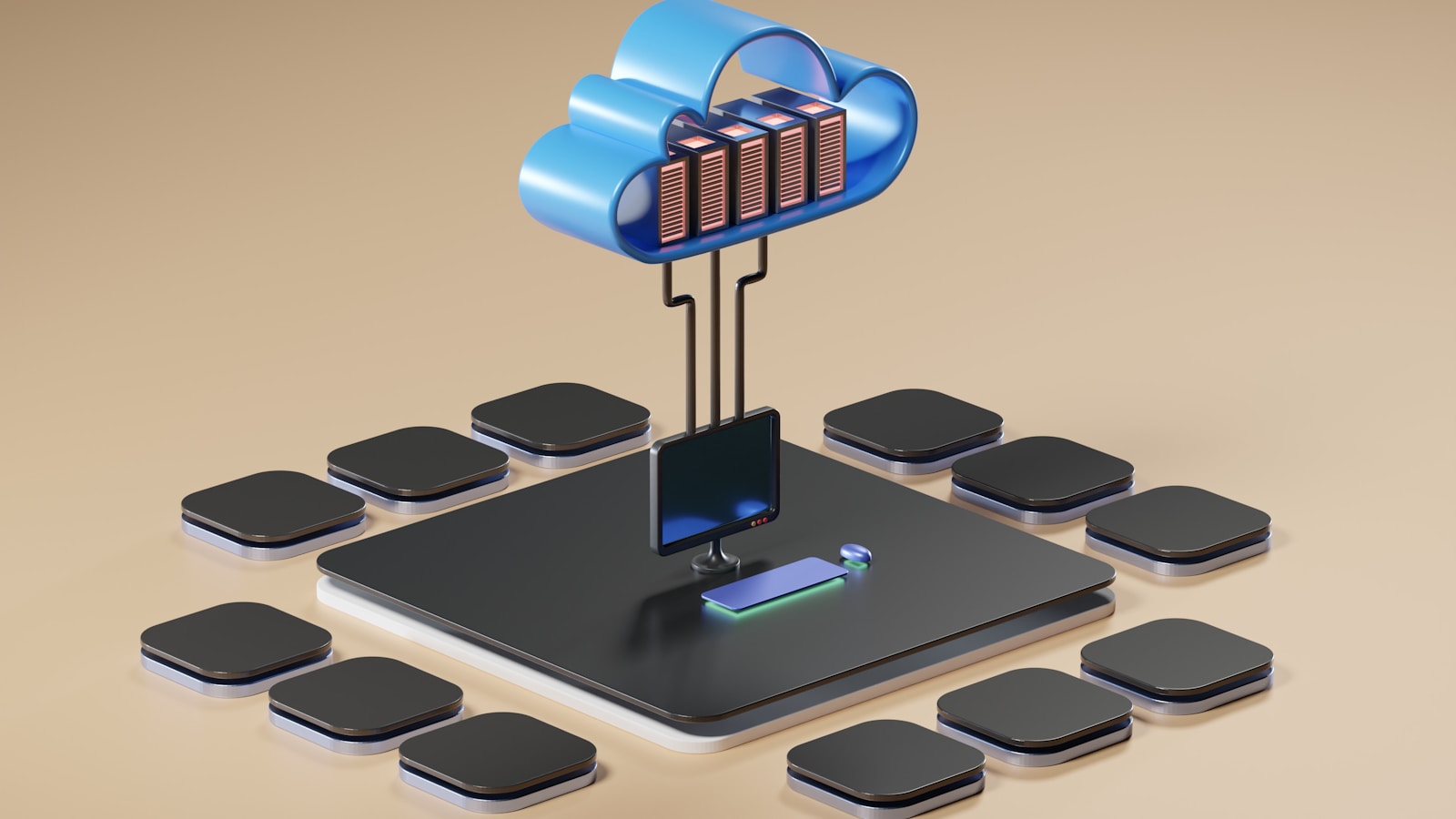Demystifying the Taxation of Cloud Computing Services in India: A Legal Analysis Post AWS Judgment

Introduction: The Legal and Economic Significance of Cloud Taxation
As India’s digital infrastructure rapidly integrates cloud technologies, the legal framework surrounding their taxation has gained substantial importance. The Delhi High Court’s recent ruling in Commissioner of Income Tax (International Taxation) v. Amazon Web Services Inc. serves as a cornerstone judgment—clarifying that payments for standardised cloud computing services do not qualify as either “royalty” or “fees for technical services/included services” under the Income-tax Act, 1961 and the India-USA Double Taxation Avoidance Agreement (DTAA).
Cloud Computing Models: Legal Characteristics and Tax Triggers
Cloud computing encompasses the provision of computing resources—such as storage, servers, software, and analytics—over the internet. Legally, these models differ in terms of user control and technical interface, which are crucial in determining their tax treatment:
- Infrastructure-as-a-Service (IaaS): Offers virtualised computing resources over the internet. Customers do not gain access to underlying infrastructure or software code.
- Platform-as-a-Service (PaaS): Enables development and deployment of software applications without giving access to infrastructure or proprietary tools.
- Software-as-a-Service (SaaS): Provides access to software on a subscription basis without transferring ownership or source code.
From a tax perspective, key legal tests include:
- Whether the customer can exploit intellectual property or technology;
- Whether equipment is placed at the customer’s “disposal”;
- Whether services “make available” technical know-how under the DTAA.
The AWS Case: Shaping Jurisprudence on Cloud Taxation
Background: Amazon Web Services (AWS), a US tax resident, rendered cloud hosting and data storage services to Indian entities. Payments were made by Indian customers without withholding tax, triggering reassessment proceedings by the Indian tax authorities.
Tribunal & High Court’s Findings
- No Royalty: The ITAT and subsequently the Delhi High Court ruled that AWS provided standardised, automated services without granting the right to commercially exploit its IP. Customers accessed services through a web-based dashboard without control over infrastructure or software. Consequently, payments could not be deemed “royalty” under Section 9 of the Income-tax Act or Article 12(3) of the India-USA DTAA.
- No Fees for Included Services (FIS): The Court held that AWS’s support services (e.g., troubleshooting, usage guidance) did not “make available” any technical knowledge or skill as per Article 12(4)(b) of the DTAA. Customers could not independently use AWS tools without continued reliance on the platform.
- PE Not Relevant: It was undisputed that AWS did not have a permanent establishment in India, further weakening the Revenue’s case.
Legal Doctrines Applied
- “Use of Equipment” Doctrine: Ownership and control of servers remained with AWS. Therefore, no “right to use” equipment was transferred to Indian users.
- IPR Use Test: No transfer of copyright or trademarks occurred. Licensing was limited and revocable.
- Make-Available Test: Reiterated in line with precedents like Engineering Analysis Centre of Excellence Pvt. Ltd. and Salesforce.com Singapore Pte. Ltd., reaffirming that knowledge must be pedagogically imparted for FIS to apply.
Broader Tax Implications and Practical Guidance
Withholding Obligations: Indian entities procuring standardised cloud services from non-residents are no longer automatically required to deduct tax at source, unless there is a transfer of IP rights or technical know-how. This reduces litigation risk for Indian businesses and offers compliance clarity.
Treaty Override and OECD Alignment: The Court’s reliance on the India-USA DTAA highlights the primacy of treaty provisions over domestic law. It also aligns India’s approach with OECD’s principles on cloud taxation and value attribution, especially relevant in light of Pillar One and Two under the BEPS framework.
Abolition of Equalisation Levy: India’s withdrawal of the 2% Equalisation Levy (from August 2024) and 6% “Google Tax” (from April 2025) further simplifies the tax landscape. While these levies were interim measures targeting non-resident e-commerce providers, their abolition signals India’s commitment to a multilateral solution under OECD’s global tax reform.
Emerging Legal Questions in the Cloud Era
While the AWS judgment settles current disputes around standardised services, several legal uncertainties persist:
- Customised Cloud Deployments: If cloud providers begin offering bespoke software or dedicate virtual machines exclusively to one client, would that imply “exclusive disposal” or royalty?
- Edge Computing and Hybrid Models: The legal characterisation of decentralised cloud setups where data centres or servers are placed in India may raise fresh questions on PE and equipment usage.
- Bundled Services: When cloud offerings are bundled with managed services or training programs, each component must be analysed independently to assess taxability.
Conclusion: A Judicious Step Toward Clarity
The Delhi High Court’s ruling is a welcome development, offering much-needed legal certainty in a grey area of cross-border digital taxation. It recognises the distinction between access and control—an essential nuance in the taxation of cloud models.
As India’s public cloud market is expected to surpass USD 25 billion by 2028, the clarity offered by this decision will be critical in shaping business models, tax compliance, and investment structures for global and domestic stakeholders alike.
Going forward, the interpretation of royalty and FTS must continue to evolve with technology. India must remain agile in reforming its treaty network, adopting OECD-aligned frameworks, and resisting regressive interpretations that stifle digital innovation. The AWS ruling, in that sense, represents a progressive judicial outlook—anchored in substance over form, and legal precision over administrative expediency.
By entering the email address you agree to our Privacy Policy.